Li Guohui
Li Guohui
Personal Profile
Li Guohui, styled Jiangxia Langren, also known as Ai Pin Han and Tang Ren. Born in 1968 in Wuhan, Hubei Province. Member of the Hubei Writers Association, member of the Hubei Calligraphers Association, member of the Hubei Couplet Association, council member of the Wuhan Calligraphers Association, chief expert of "Oriental Yuci," and awarded the title of "First-Class Calligrapher" by the Ministry of Culture. His creation of "Bamboo Leaf Kai" has been included in "A Century of Chinese Painting and Calligraphy History." His life and works have been featured by numerous media outlets including Cultural Monthly, China Cultural Daily, Hubei Daily, People's Political Consultative Conference Daily, China News, Yangtze River Daily, Wuhan Evening News, Liaoning Daily, Hubei Television, CCTV.com, Xinhuanet, and People's Daily Online. In 2003, inspired by contemporary art master Xu Bing and Li Zelin, President of Hubei Academy of Fine Arts, he invented and created the "Fun Modern Chinese Pinyin Square Characters," for which he obtained exclusive copyright from the National Copyright Administration. The "Fun Modern Chinese Pinyin Square Characters" and "Xu-style English Square Characters" are hailed as the "North Xu, South Li" in this genre of art. In 2011, he invented rabbit-shaped, dragon-shaped, and phoenix-shaped characters, obtaining five exclusive copyrights from the National Copyright Administration. In 2012, his uniquely created Bamboo Leaf Kai font was incorporated into the Founder Computer Font Library and received exclusive copyright from the National Copyright Administration. On October 15, 2015, Li Guohui taught Chinese culture in Mongolia under the Belt and Road Initiative. His dragon-shaped calligraphy work "Chinese Dream" was rated as the most meaningful and beautiful calligraphic rendition of "Chinese Dream" in contemporary times. As a calligrapher who reveres nature and ecology, Mr. Li Guohui’s inventions—"Bamboo Leaf Kai," "Dragon-shaped Characters," "Rabbit-shaped Characters," "Phoenix-shaped Characters," and "Twelve Zodiac Characters"—are all eco-calligraphic styles. Through brushwork techniques derived from cursive and seal scripts, these works draw closer to the natural forms of animals and plants, distinguishing themselves from traditional Chinese pictographic characters—Oracle Bone Script. By exaggerating brush lines in conjunction with the physical outlines of the twelve zodiac animals, and skillfully incorporating various seals, he achieves a "finishing touch" effect, attaining approximately 80% visual resemblance between the calligraphy and its corresponding zodiac animal. Currently, building upon his pioneering eco-calligraphy of the twelve zodiacs, Li Guohui has combined these zodiac eco-calligraphies with ceramics, creating a series of zodiac-themed ceramic derivatives that have gained considerable popularity in the market. Meanwhile, Li Guohui has also composed zodiac couplets, extensively reported by authoritative media. During the Wuhan pandemic lockdown, he conceived the "Philosophical Chinese Characters" to delight readers.
Work Appreciation
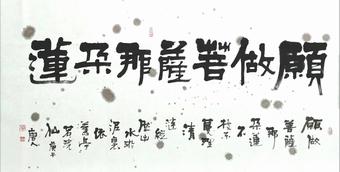
Lishu
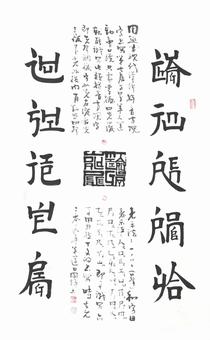
Pinyin Square Characters

Title Writing
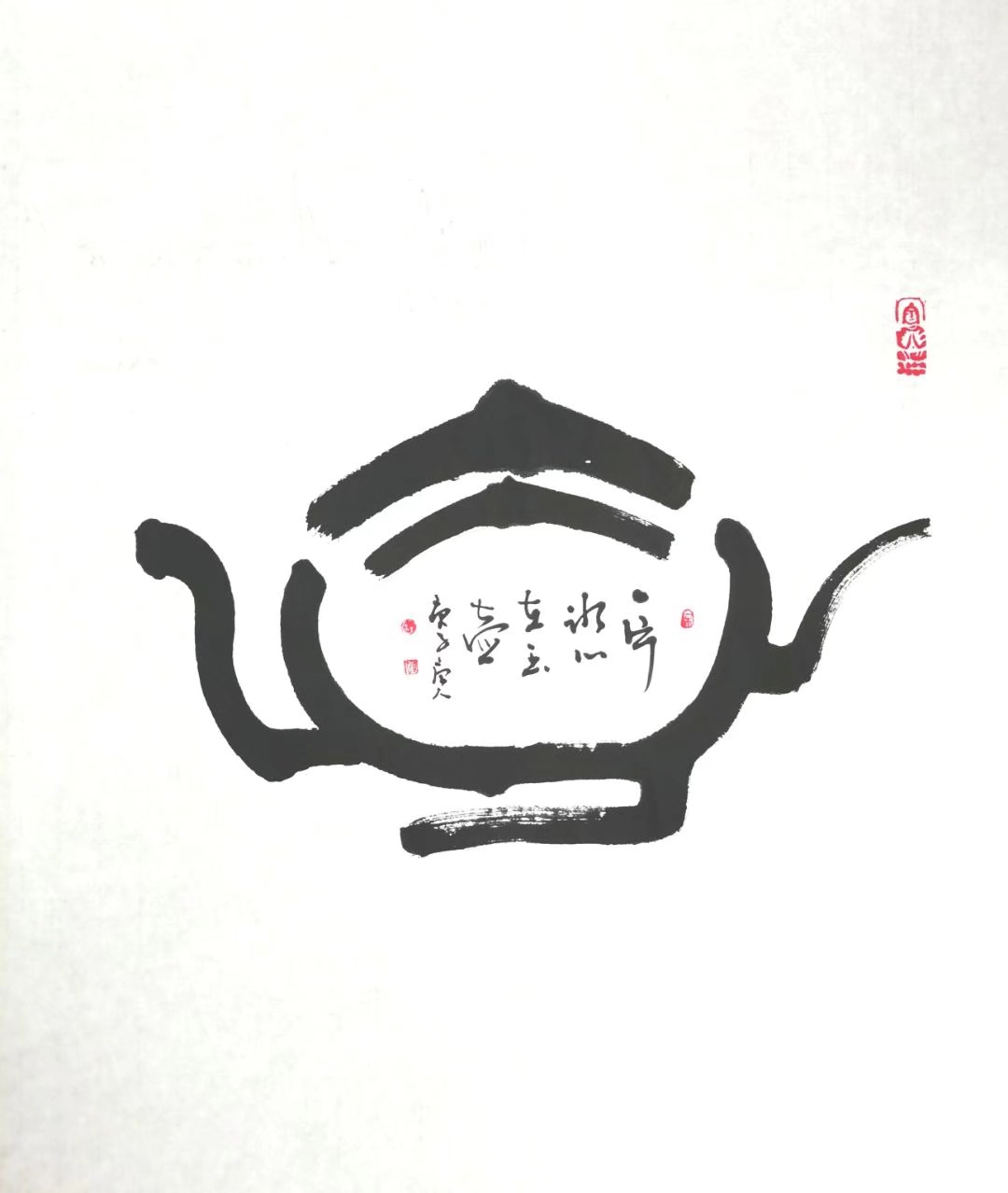
Bingxin
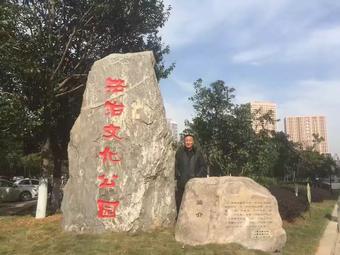
Title Writing

Li-Zhuan
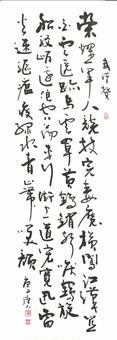
Xingcao

Bamboo Leaf Kai
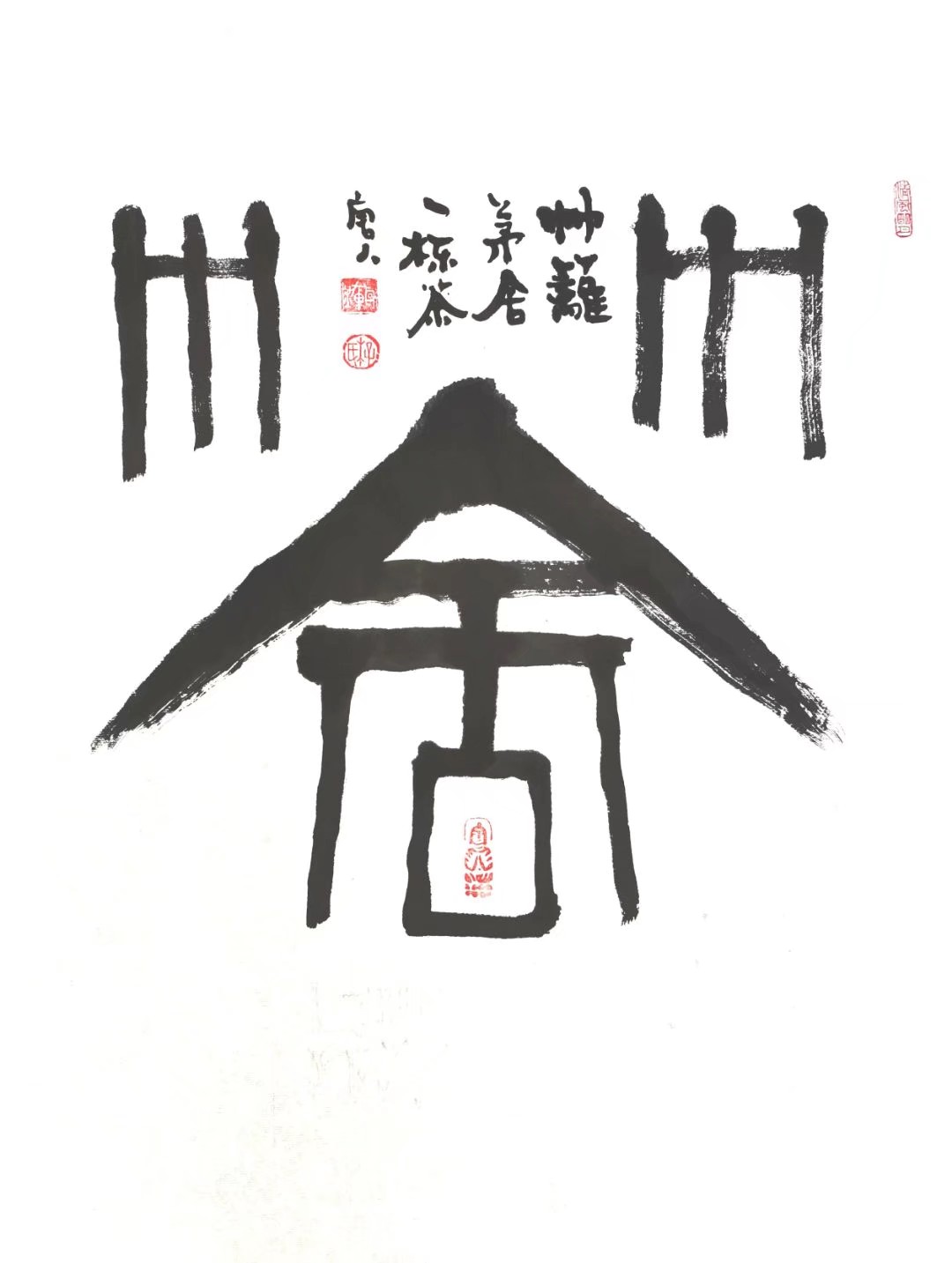
Teahouse

Xinglishu
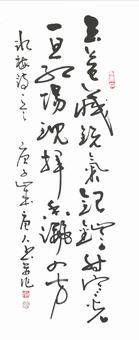
Xingcao

Lishu
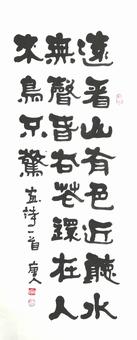
Jin Gang Lishu
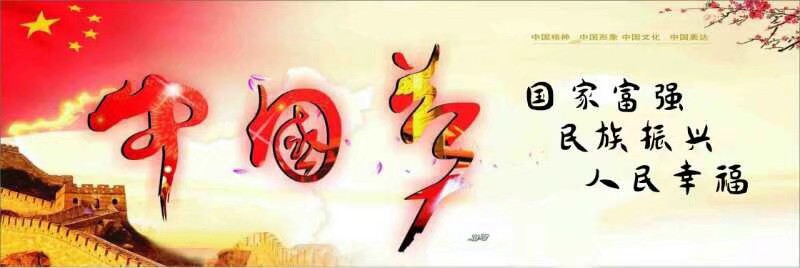
Dragon-shaped Characters: "Chinese Dream"
A Hundred Faces of Life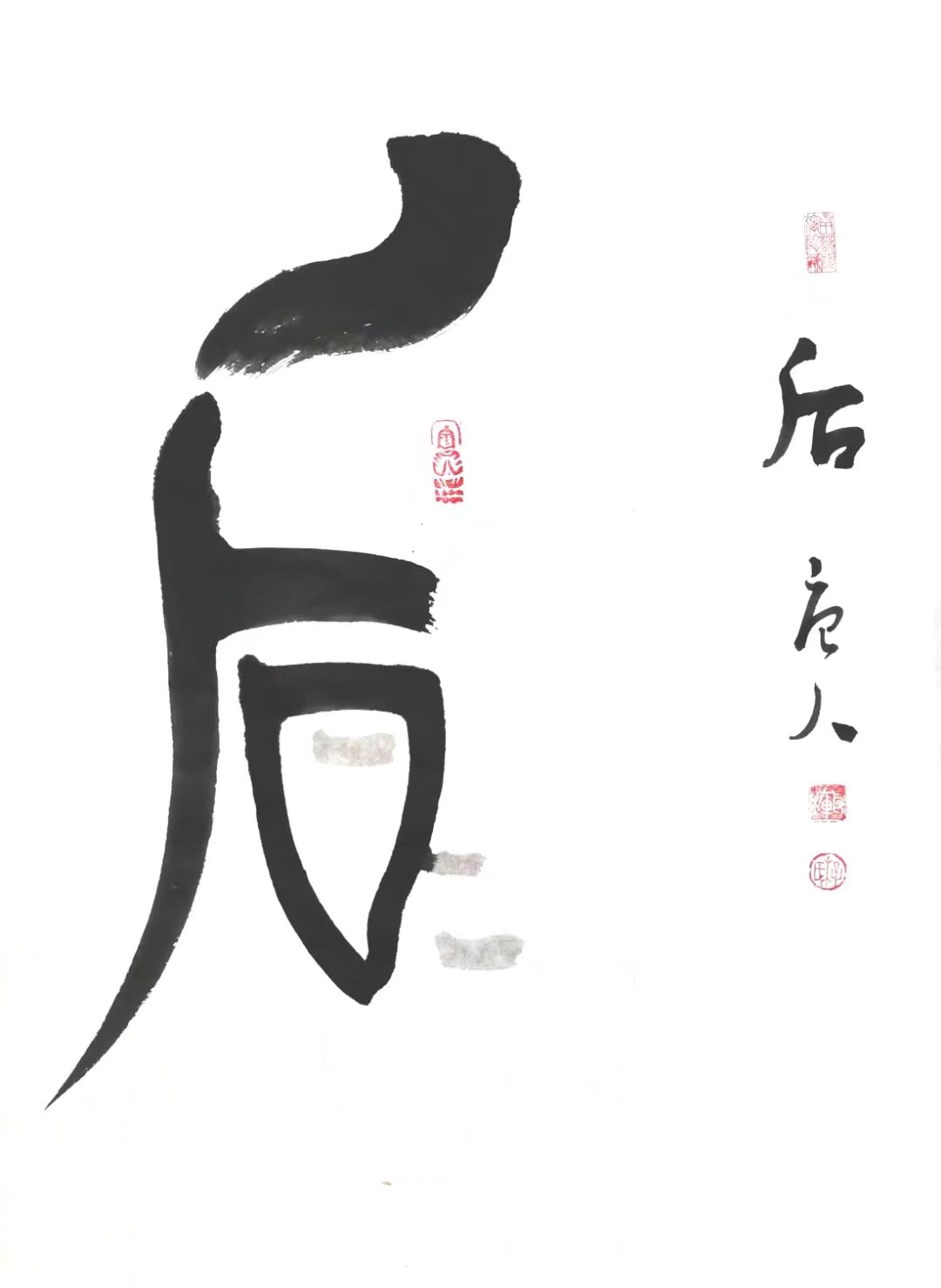
Hou

Fo
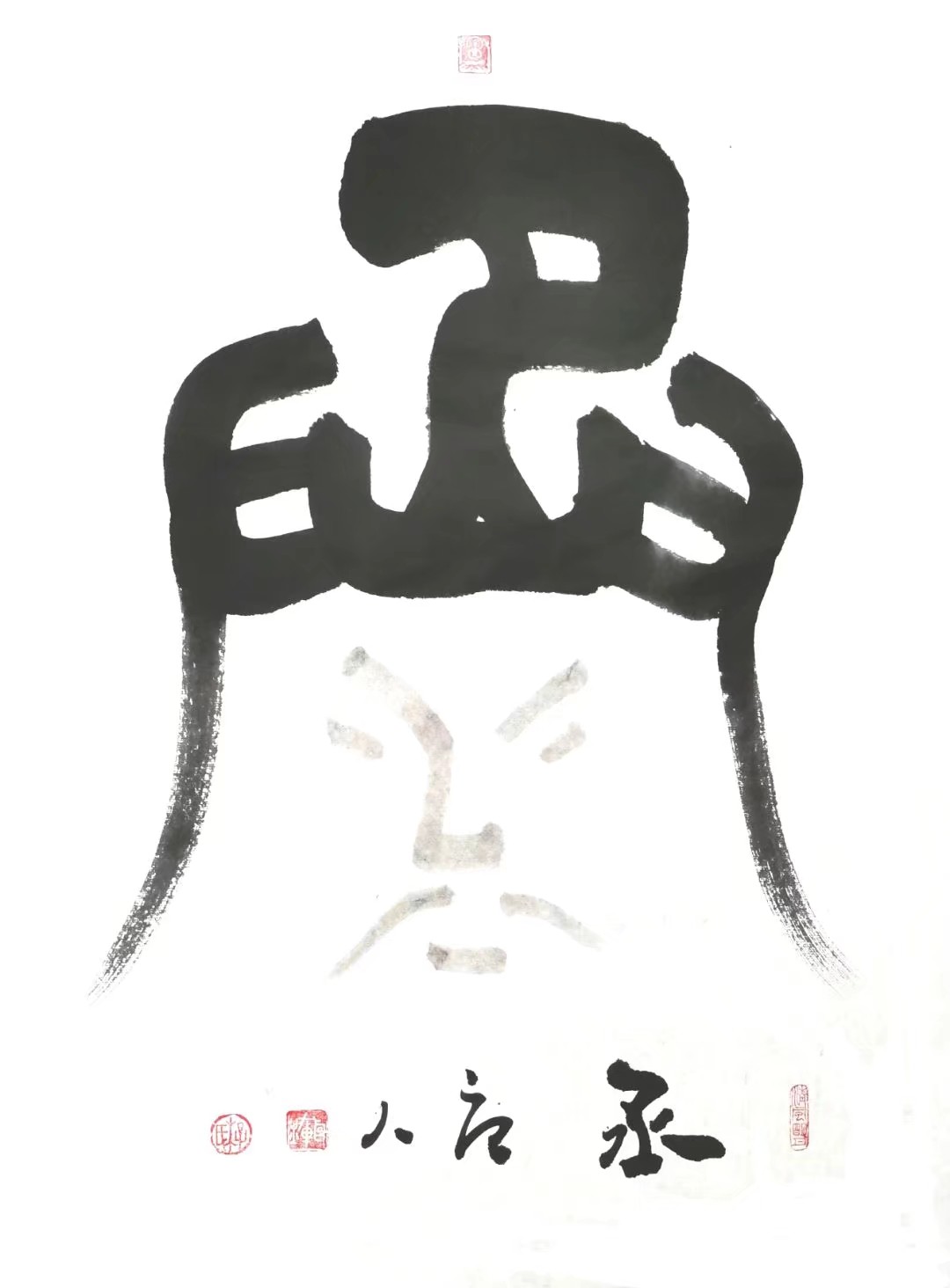
Cheng
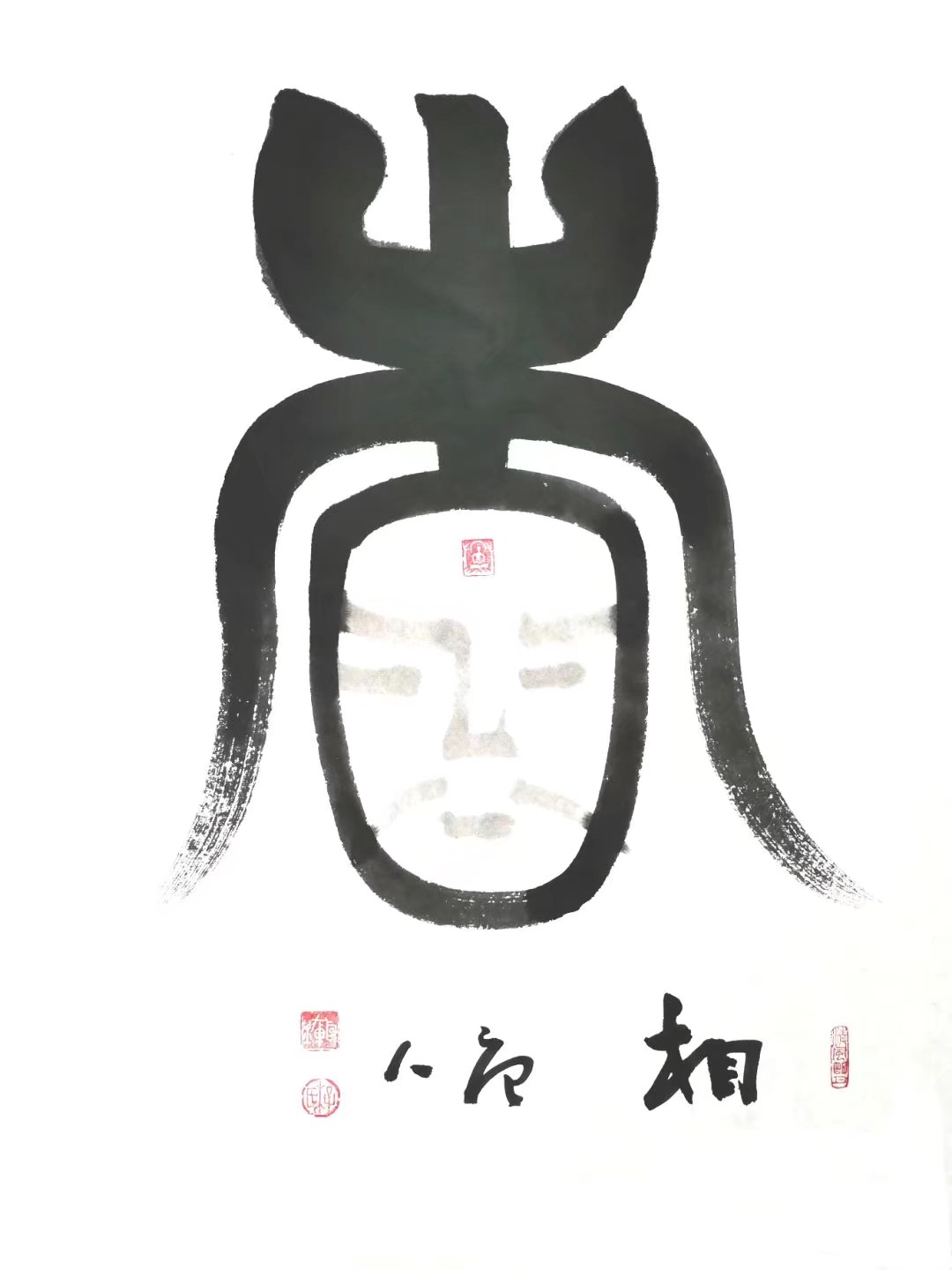
Xiang
 Di
Di
Work Appreciation

Lishu

Pinyin Square Characters

Title Writing

Bingxin

Title Writing

Li-Zhuan

Xingcao

Bamboo Leaf Kai

Teahouse

Xinglishu

Xingcao

Lishu

Jin Gang Lishu

Dragon-shaped Characters: "Chinese Dream"
A Hundred Faces of Life

Hou

Fo

Cheng

Xiang
 Di
Di
para-title
TAG:
Li Guohui

 中文
中文  en
en 
